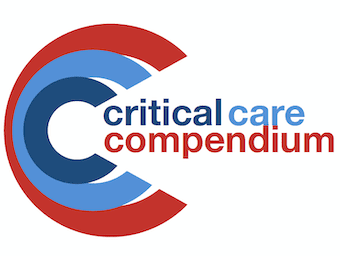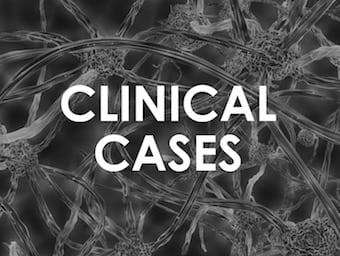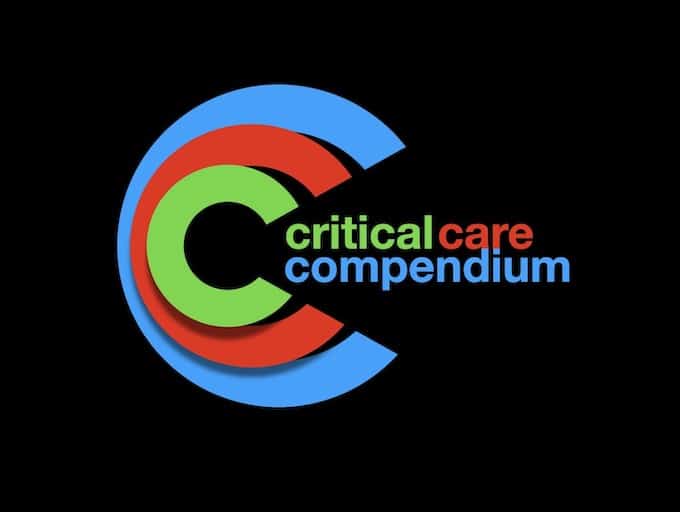
Arterial Blood Gas in Hypothermia
Arterial Blood Gas in Hypothermia. The solubility of oxygen and carbon dioxide is increased at low temperatures.
The LITFL Critical Care Compendium is a comprehensive collection of pages concisely covering the core topics and controversies of critical care.

Arterial Blood Gas in Hypothermia. The solubility of oxygen and carbon dioxide is increased at low temperatures.

Bimanual laryngoscopy using external laryngeal manipulation (ELM) is the single most practical and effective airway management technique for facilitating intubation during direct laryngoscopy.

It’s a busy night shift in the ED (as always) and one of the Interns comes to present a case to you. He’s seen a 23 yr old female who has presented with lethargy and weakness. While you're listening to the Intern your phone rings — it's the lab calling to tell you the patient’s potassium is 1.9 mmol/L.

A 20 year old male presents with 3 days of lethargy and generalised malaise. He is confused and looks very unwell. Can sort out this metabolic muddle?

You are asked to review a 73 year old lady who is in hospital for treatment of septic arthritis affecting a prosthetic right hip joint inserted 5 years earlier.

An 87 year old female presented with a subarachnoid haemorrhage. GCS 8/15. Can you figure out her acid-base disturbance?

A 50 year old Chinese female presents with severe weakness. She has a history of previous similar episodes that self-resolved. What's going on?

Consider a 65 year-old male presenting with right-sided flank pain radiating to the groin. The following CT scan was taken to confirm a presumed diagnosis of renal colic:

Antivenom is widely used for Australian envenoming syndromes. Antivenoms are generally perceived, by both clinicians and the general public, as highly effective treatments. However, there is little evidence to support this widely held view, in fact, the weight of evidence suggests that some antivenoms are ineffective in clinical practice.

Do we, as a global medical profession, truly know whether or not tPA is a beneficial treatment early on in the presentation of a CVA?

This is Part 1 of three posts a basic overview of thrombolysis in stroke a detailed overview of evidence based research into thrombolysis and CVA Schrödinger’s Fence Author: Prof Daniel Fatovich Let’s compare the treatment of strokes, to the treatment of…

OVERVIEW Near-infrared spectroscopy (NIRS) NIRS is a non-invasive monitor of cerebral oxygenation. It is attracting a lot of interest currently but remains to be validated for use in guiding therapy or inferring prognosis in TBI…. References LITFL Nickson C. Bullet…